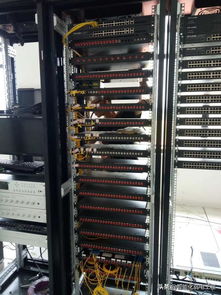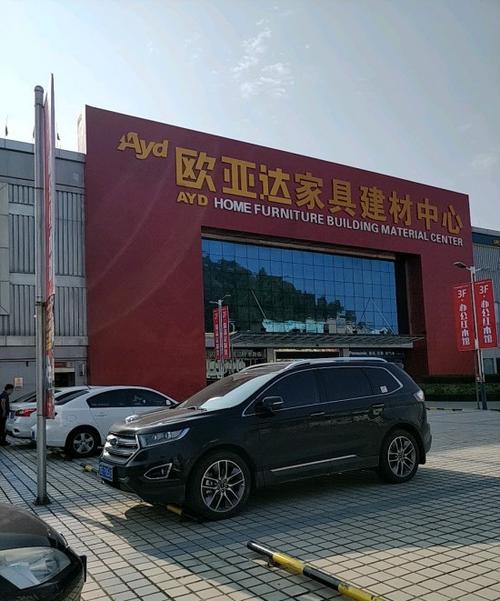弱电机房装修做法视频
Title: Best Practices for Weak Current Room Renovation
Weak current rooms, also known as lowvoltage or weak electrical rooms, are critical spaces in any building, especially for IT infrastructure, telecommunications, and security systems. Renovating such spaces requires careful planning and adherence to industry standards to ensure optimal functionality, safety, and efficiency. Below are some best practices for weak current room renovation:
1. Assessing Requirements:
Begin by understanding the specific needs and requirements of the weak current systems to be installed or upgraded in the room. This may include data networking, telecommunications, security systems, etc.
Consider the size of the room, existing infrastructure, and future scalability needs.
2. Design Planning:
Collaborate with architects, engineers, and IT professionals to design a layout that optimizes space utilization and facilitates efficient cable management.
Ensure proper ventilation, cooling, and humidity control measures are incorporated into the design to maintain optimal operating conditions for sensitive equipment.
3. Electrical and Mechanical Systems:
Install dedicated electrical circuits to power equipment, with appropriate backup systems such as uninterruptible power supplies (UPS) to ensure continuous operation during power outages.
Implement grounding and surge protection measures to safeguard equipment against electrical faults and voltage fluctuations.
Install efficient HVAC systems to regulate temperature and humidity levels within the room, preventing overheating and equipment damage.
4. Cable Management:
Employ structured cabling techniques to organize and route cables systematically, minimizing clutter and reducing the risk of interference or damage.
Use cable trays, conduits, and racks to support and protect cables, ensuring easy access for maintenance and troubleshooting.

5. Security Considerations:
Implement access control measures to restrict entry to authorized personnel only, safeguarding sensitive equipment and data.
Install surveillance cameras and intrusion detection systems to monitor the weak current room and prevent unauthorized access or tampering.
6. Fire Safety Measures:
Incorporate firerated materials in the construction and finish of the weak current room to enhance fire resistance.
Install smoke detectors, fire alarms, and suppression systems to detect and contain fires promptly, minimizing damage to equipment and infrastructure.
7. Compliance with Regulations:
Ensure compliance with relevant building codes, electrical regulations, and industry standards governing weak current installations.
Obtain necessary permits and approvals from local authorities before commencing renovation work.
8. FutureProofing:
Design the weak current room with scalability in mind, allowing for future expansion or upgrades without significant disruption or additional construction.
Use modular and flexible equipment configurations that can adapt to evolving technology requirements over time.
9. Testing and Commissioning:
Thoroughly test all weak current systems and components upon installation to verify functionality and performance.
Conduct periodic maintenance checks and inspections to identify and address any issues proactively.
10. Documentation and Training:
Maintain detailed documentation of the weak current room layout, equipment specifications, wiring diagrams, and maintenance procedures for reference.
Provide training to facility staff and IT personnel on the operation, maintenance, and troubleshooting of weak current systems.
By following these best practices, you can ensure that your weak current room renovation project is completed successfully, meeting the needs of your organization while adhering to industry standards and regulations.
版权声明
本文仅代表作者观点,不代表百度立场。
本文系作者授权百度百家发表,未经许可,不得转载。











